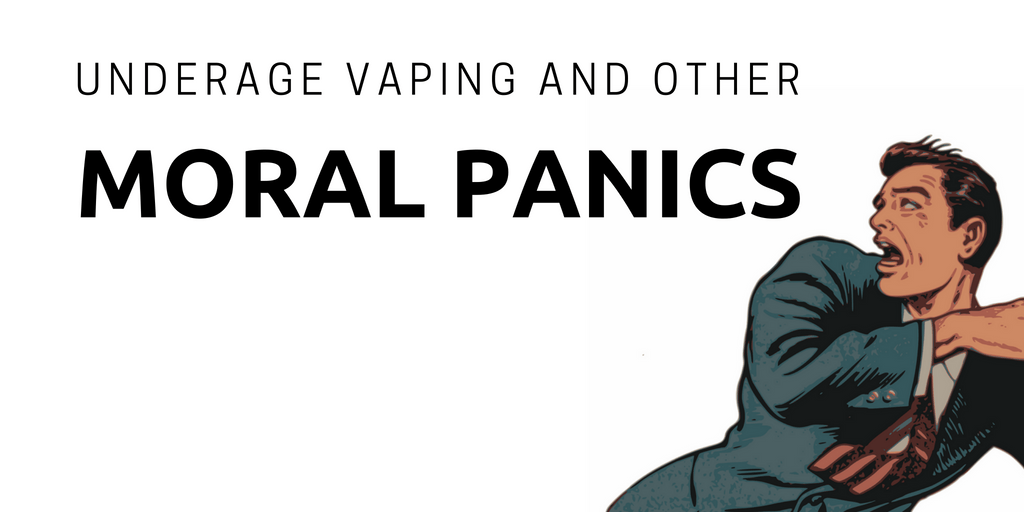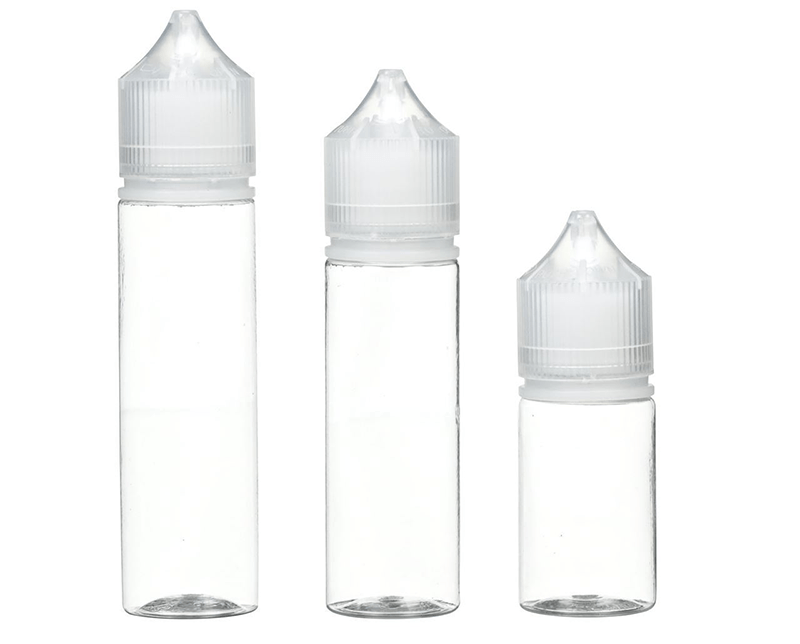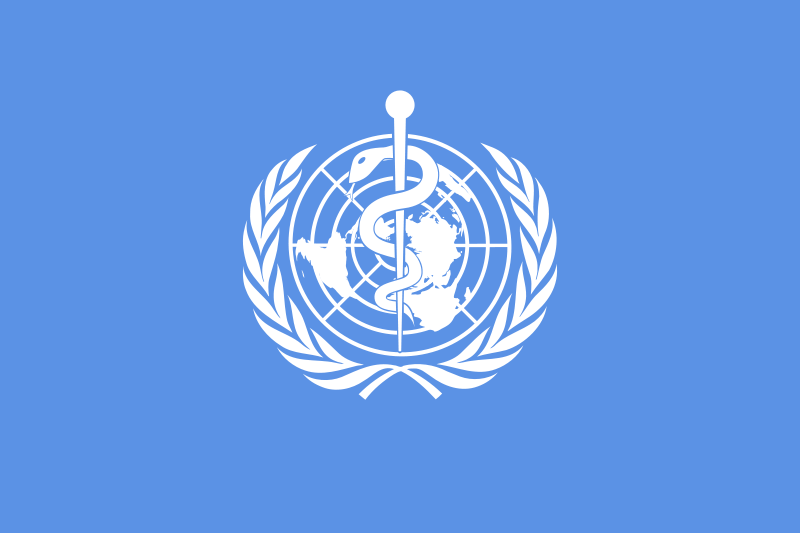Interest groups, the media and well-intentioned parents are fuelling a moral panic about underage "Juuling".
Hungry for views, many news carriers have written countless stories about the "epidemic"of vaping in schools. Some have even spread fanciful concerns about cocaine e-liquid.
One of the keen drivers behind the moral panic in America has been interest groups like Campaign for Tobacco-Free Kids. These groups want the FDA to bring in new restrictions that will damage vaping companies.
Juul devices are at the centre of this new moral panic
A moral panic is an intense sense of fear that spreads rapidly through society. It usually centres on some perceived "evil" that will corrupt the well-being of society.
In reality, this perceived evil is nowhere near as common as the blanket media coverage would suggest. In some circumstances, the evil is just a kind of urban legend.
Moral panics can have an impact on public perceptions and political policies.
The moral panic concept has been applied to numerous phenomenon including gangs, terrorism and illegal immigration. Researchers argue that moral panics have shaped laws in all of these areas.
The reality of underage vaping is far removed from the picture portrayed in the media of vape products corrupting vulnerable teenagers.
The overwhelming majority of people who use e-cigarettes are current or former adult smokers.
Research shows that e-cigarettes are rarely used by young people who have not previously smoked. In Europe, fewer than 0.5% of those who have never smoked use e-cigarettes.
An extensive review of available evidence revealed a growing consensus that vaping is at least 95% safer than cigarette smoking.
We've decided to compare this moral panic with some other famous moral panics.
Satanic Panic
In 1980, Parents across America were concerned that their child was being exposed to satanic ritual abuse their local daycare.
Their suspicions were "confirmed" by law enforcement using controversial "recovered memories" from children.
A massive trial resulted in no convictions at McMartin Preschool in California, which was the epicentre of the satanic abuse claims.
Today, the affair is held up as one of the most unbelievable moral panics that was driven largely by one mentally unstable parent.
Rainbow Parties
Children and teenagers are at the centre of a lot of moral panics and so is sex.
Another example of teenage moral panics are so called "rainbow parties', where girls apparently wear different coloured lipsticks and, one-by-one, perform oral sex on a group of boys.
We can' say for sure that these kinds of parties never happened, but there is certainly no evidence that these parties were widespread.
Many sex researchers and adolescent-health professionals say that rainbow parties simply aren't a big part of teenage sexual behaviour.
Flashing Headlights
Violence also figures prominently in moral panics. And the "don't flash your headlights" story is one of the most unbelievable.
The story goes that, in order to get into a gang, a prospective member would have to driver around with their headlights off and murder the first person who flashed at them.
It started out with bikers and then moved onto youth gangs in LA in the 1990s, but the story is a complete urban legend.
In more than 30 years since this story first emerged, no police department has recorded a single example of this happening.
Bath Salts
Drugs also make good moral panic fodder. And the moral panic that surrounded the spread of "bath salts" was very intense.
It all started with Rudy Eugene, the man who chewed the face off a homeless guy before being shot dead by Miami police.
The crime was initially blamed on "bath salts" - synthetic recreational drugs that are chemically similar to crystal meth.
These drugs were federally legal at the time and there were immediate calls for them to be banned. But when Eugene's toxicology report came back it emerged he hadn't taken any such drugs.






Leave a comment
This site is protected by hCaptcha and the hCaptcha Privacy Policy and Terms of Service apply.